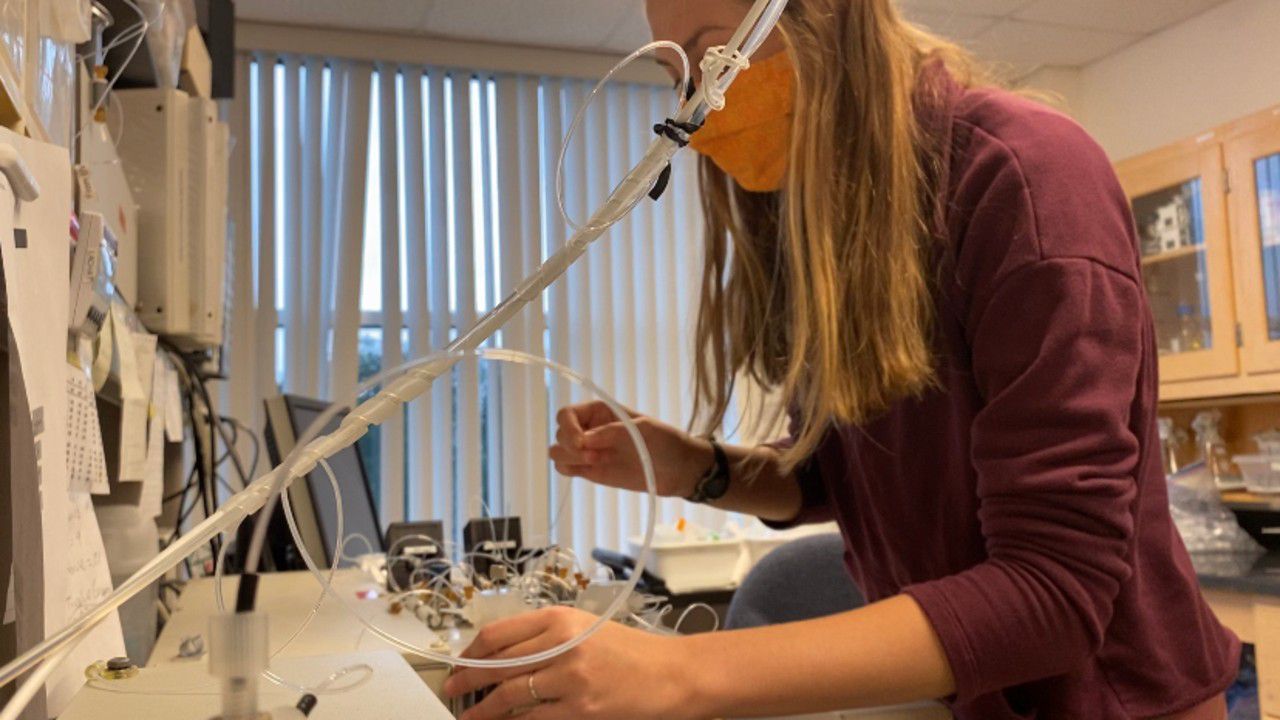MOREHEAD CITY, N.C. — Researchers with the UNC Institute of Marine Sciences are collecting data to determine why the three most recent tropical cyclone-driven storms since 1999 have led to more severe flooding than in the past.
“It's all a pattern that is becoming more and more true in terms of these storms being wetter, and being more frequent,” said Dr. Hans Paerl, a professor at the UNC Institute of Marine Sciences.
The research is being led by Paerl.
“We actually have a pretty good data set of how much rainfall fell with each hurricane, what the strength of the hurricane was and the wind speed, but the really critical thing is the amount of rain,” Paerl said.
During his research Paerl and his team discovered that six out of the seven most wet storms over the past 120 years have happened in just the past 20 years.
“And that's way beyond just chance. This has been looked at statistically, and when you look at the statistics, it becomes clear that storms are not only becoming more frequent, but they're wetter,” Paerl said.
So what does all of this research mean to the everyday person?
“Not only is it bringing more rain, but it's staying in place for longer periods of time,” Paerl said.
Whether or not this is the "new normal" for the next 100 years is still uncertain, but there are steps we could take now to retain nutrients that are already on land from washing away.
“Making sure your septic system is working really well. Not over fertilizing your lawns, especially not ahead of a major storm event,” Paerl said.
One of the major concerns Paerl and his team are looking into is the impact fast-growing algae are having on land nutrients.
WEATHER
Researchers Collecting Data to Learn More About Storms
PUBLISHED 11:20 AM EDT Sep. 22, 2020








